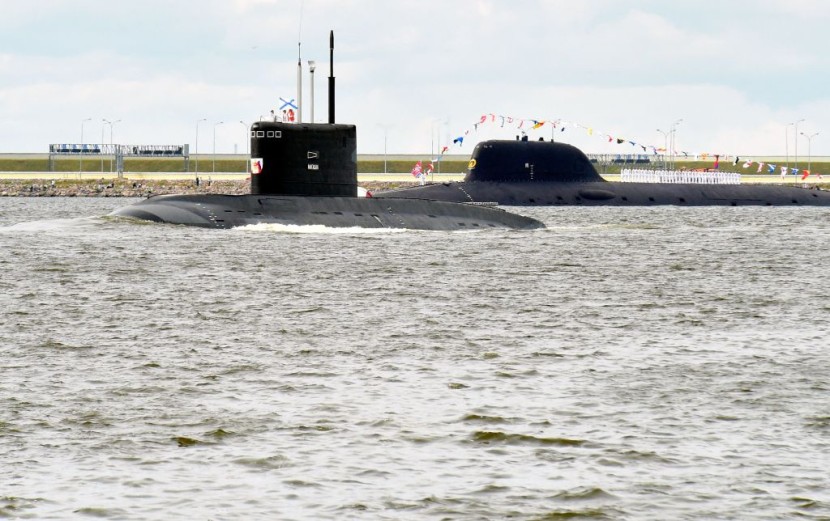
Is air-independent propulsion (AIP) technology just what the Indian Navy needs when it's a crossroads determining the future? Committing to developing air-independent propulsion allows a submarine to stay submerged for weeks. Submarines with an AIP system can create oxygen from fuel on board, but six of these subs are needed.
Indian Navy To Decide With What Is Best for Its Subs
A goal of the Project 75I class was to master the most advanced Western technology before applying it to a later design. Unfortunately, because the AIP condition was introduced later, the P-75I project has sunk, reported Indian Defense.
The Indian planners understand the specifications of what their navy requires, and how the non-diesel electric system aids in having capable subs is critical.
A cursory examination of standard submarine forces from around the world reveals that the majority of them, including Europe, Japan, South Korea, China, and Pakistan, do not require longer force projection or operating capabilities far from their coasts.
These subs work best in littoral depths close to their home countries' coasts and lurk until an enemy ship could be attacked.
This device will roughly double a typical submarine's submerged time.
It also has a few negatives. When the AIP module is installed, the submarine gets longer and heavier, as well as its speed is reduced by half.
In particular, the AIP Technology should be recharged in a specialized facility at the home port. While AIP systems help submarines stay submerged for extended periods, they also have serious limitations.
Indian Navy Needs the AIP system
The coastal distance might not be a match should concern extending farther than India's shores.
However, the Indian Navy's conventional submarines have operational interests up to the Malacca Strait, nearly 1,000 kilometers from the nation's coastline.
Another distinguishing feature is that, except for the INS Sishumar-class, which is ideally adapted for shallow water operations (though it is also capable of longer ranges), those Indian submarines are armed with cruise missiles capable of being released from 50 to 220 km while submerged.
There is a preference for the Indian Navy that stay submerged longer than firing the pouring on the speed getting out. Is a submarine that surfaces for the air intake at periscope depth more likely to be discovered than a submarine that fires a missile at periscope depth.
However, taking in the air will take longer than shooting and submerging, and AIP systems cannot be charged at sea after discharge.
Should the Indian Navy choose the AIP system, any technology chosen is retained for 20 years and not become obsolete.
However, the P-75I offer indicates that the Indian Navy prefers proven futuristic technologies. Only qualifying candidates remain. An issue with the tender exists but is the AIP system better or the newest submarine technology.
The new Japanese Taigei-class will improve lithium-ion batteries over AIP by staying submerged longer and capable of faster charging and speed. This Japanese sub is what the P-751 project of the Indian Navy aspires for.
The Indian navy must choose between air-independent propulsion and advanced lithium batteries, with only two suppliers remaining. AIP Technology has proven successful, but there are trade-offs, as reported by the Indian Navy.
Related Article: India Makes Its First Hypersonic Missile Similar to Russian Zircon, Says Latest Version Won't Be Exported








